Food Safety Hazard Guidebook 2nd Edition

By Richard Lawley, Laurie Curtis and Judy Davis
Food Safety Hazard Guidebook 2nd Edition PDF. Food safety is important and consumers have a right to expect that those who supply the food that they buy have taken every care to manufacture products that will do them no harm. Those with a responsibility for the regulation of the global food industry recognise this principle and legislate accordingly and the business of managing and regulating the safety of the food supply chain has come a long way in the last 25 years or so. Prompted by the emergence of new food safety hazards, such as the bacterial pathogens Listeria monocytogenes and E. coli O157, powerful new techniques for evaluating and managing the risks presented by these threats have been developed. For example, hazard analysis critical control point, or HACCP, has now become the food safety management system of choice worldwide. Although the food safety management tools are now widely available, they are still virtually useless unless they are supported by adequate and accurate information. HACCP does not work unless its practitioners have access to enough data and scientific knowledge to enable them to understand hazards and how to control them effectively. The Food Safety Hazard Guidebook is an attempt to address the problem of accessing the available information by distilling the key facts about a wide range of individual food safety hazards into a single text. The result is a guidebook, rather than an encyclopaedia, which acts as a portal for the immense and ever expanding body of scientific knowledge that exists for food safety. It is an easy-to-use information resource for anyone with a professional interest in the safety of the food supply. The book is easy to navigate and presents concise and carefully researched factual information on a wide range of biological and chemical hazards in a clear format that is designed to support risk analysis exercises and HACCP studies. It covers a broad range of established and emerging food safety hazards and includes details of authoritative sources of further information (many web-based) for those seeking to examine a topic in greater depth. The section on food allergens is a particularly valuable component of the book, the chapters on fish toxins are also useful and unusual in a book of this kind and bacterial pathogens are comprehensively covered. One of the most important features of the book is the wide scope of the content and the highly structured format designed to help the reader find information quickly. Other key benefits to the reader are: -The wide range of biological and chemical hazards covered in a single book -Written specifically with food industry professionals in mind -Easy to navigate and accessible for the non-expert -Clear and concise presentation of factual information presented in a format that lends itself to use in risk assessment exercises -Inclusion of references and web links to reliable sources of further information on each chapter -specifically designed for practical use by a professional readership.
Table of Contents
Section 1. Biological hazards
section 2. Chemical hazards
section 3. Allergens
section 4. HACCP and food safety management systems
section 5. Food safety legislation
section 6. Sources of further information
Get This Book





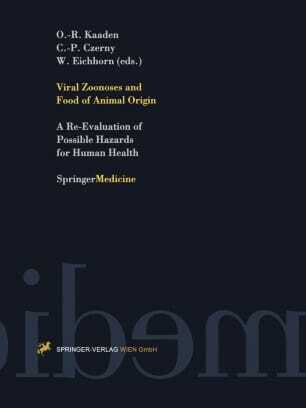
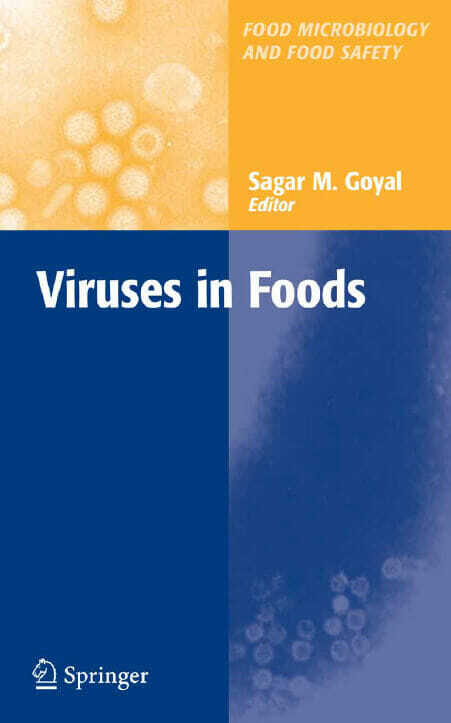
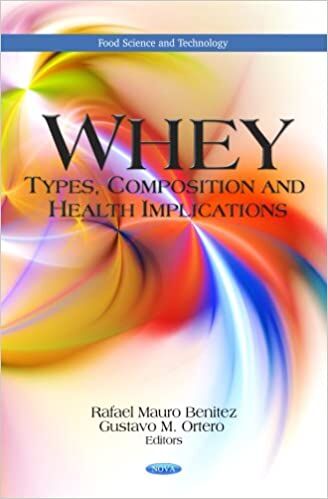
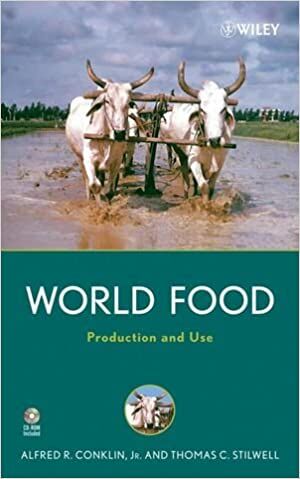
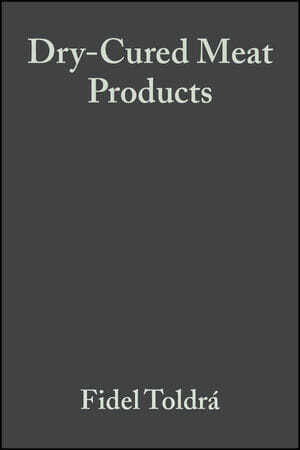
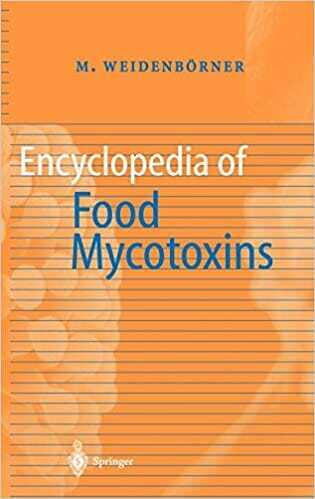




![Ettinger’s Textbook of Veterinary Internal Medicine 9th Edition [PDF+Videos] Ettinger’s Textbook of Veterinary Internal Medicine 9th Edition [True PDF+Videos]](https://www.vet-ebooks.com/wp-content/uploads/2024/10/ettingers-textbook-of-veterinary-internal-medicine-9th-edition-100x70.jpg)

![Textbook of Veterinary Diagnostic Radiology 8th Edition [PDF+Videos+Quizzes] Thrall’s Textbook of Veterinary Diagnostic Radiology, 8th edition PDF](https://www.vet-ebooks.com/wp-content/uploads/2019/09/textbook-of-veterinary-diagnostic-radiology-8th-edition-100x70.jpg)






